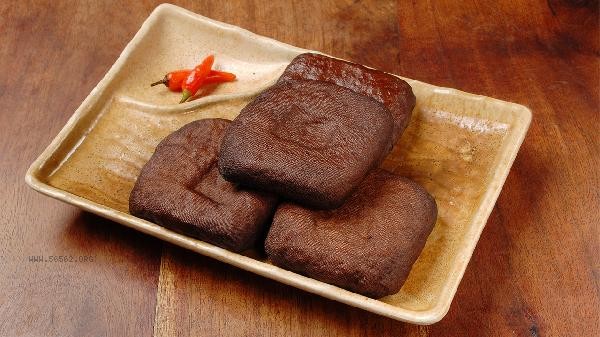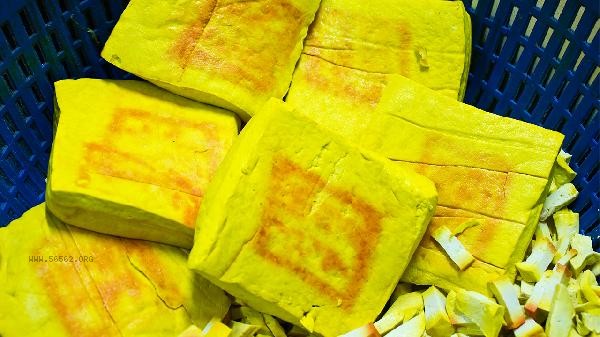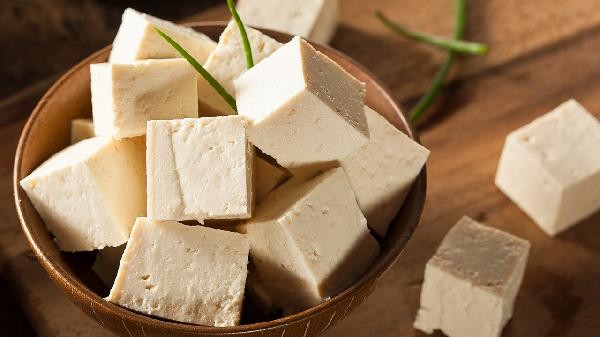When making vinegar flavored tofu, the ratio of vinegar to soybean milk is usually 1:10 to 1:15. The specific ratio needs to be adjusted according to the acidity of vinegar and the concentration of soybean milk. The key to making vinegar tofu lies in the acid-base neutralization reaction. The protein in soybean milk coagulates under acidic conditions to form tofu. When using white vinegar or rice vinegar, 10-15ml vinegar should be added for every 1000ml of soybean milk. The higher the acidity of vinegar, the amount can be appropriately reduced. It is recommended to slowly add the vinegar solution in batches, stir while adding, and observe the solidification state of soybean milk to avoid excessive tofu causing excessive acidity or rough texture. If lemon juice or other acidic substances are used, the proportion needs to be adjusted accordingly. In some special cases, the proportion may deviate from the norm. For example, when using low concentration soybean milk or aged vinegar, the amount of vinegar needs to be increased to about 1:8; If the ambient temperature is low and the solidification reaction is slow, the proportion of vinegar can be appropriately increased and the settling time can be extended. The sensitivity of soybean milk made from different beans to acidity is also different. Black soybean milk may need a little more vinegar than yellow soybean milk.

It is recommended to use fresh soybean milk in the production process. The best effect is to use vinegar when the temperature is controlled at 70-80 ℃. After molding, it can be pressed and shaped with heavy objects, and the time can be adjusted according to the taste requirements. Tofu is rich in high-quality protein and calcium, but those with excessive stomach acid should consume it in moderation. If it is difficult to determine the ratio for the first attempt, a small number of experiments can be conducted multiple times to record the optimal ratio.










Comments (0)
Leave a Comment
No comments yet
Be the first to share your thoughts!